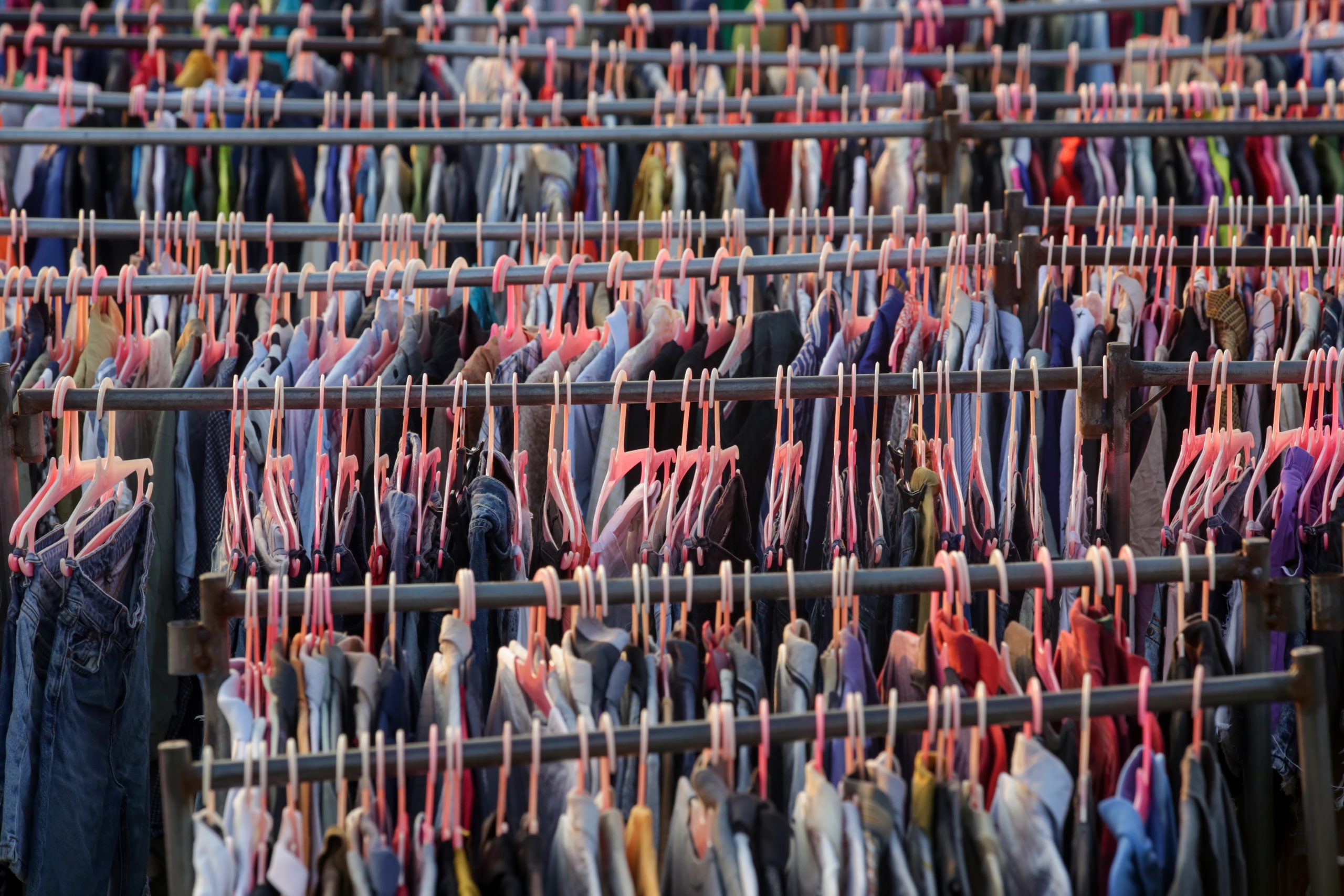
Being a student at Georgia State is like attending one big fashion show every day. The entire campus is like a vast catwalk, with dozens of people showing off their incredible style.
There are two common answers if you ask someone on campus where they got their outfit. The most popular is, “I thrifted it!” The other common answer is, “I got it from SheIn.”
SheIn is a viral fast-fashion empire. It had a slow start in 2008 but shot up in popularity after TikTok, and YouTube influencers started doing huge hauls full of incredibly affordable clothes.
No one stops to think about the actual cost of these cheap clothes. When shirts and dresses are mass-produced and only cost around $3-5, as consumers, we must stop and think about the ethical issues behind why the clothes are so cheap.
SheIn is notorious for constantly stealing designs from independent artists, and not paying their workers’ fair wages.
As someone who thrifts regularly, it is incredibly alarming to see the racks of my favorite second-hand stores fill up with SheIn and FashionNova.
With the emerging popularity of fast fashion, clothing production has doubled, while garment usage lifetime has decreased considerably. We discard 92 million tons of clothes-related waste each year.
Venetia La Manna is the founder of Remember Who Made Them, a campaign to raise awareness for fair wages for garment workers. In an interview with GreenMatters, she says, “[Shein’s] scale of output is unsustainable for our planet and its finite resources,”
It’s not just SheIn that is guilty of this. Major fashion labels and brands should also be held accountable. The fast fashion industry is heavily contributing to climate change. Fast-fashion produces more CO2 than aviation and shipping combined.
The life cycle of clothing has become so painfully short. The trends come and go so quickly that clothes are being produced and thrown away exponentially. 85% of our clothes end up in landfills.
So, what can we do? What are the alternatives to participating in fast fashion culture?
You can go thrift shopping! Thrifting is an incredible way to shop sustainably and affordably. Not only is it good for the environment, but it’s a great way to find one-of-a-kind pieces for your wardrobe!
There are tons of thrift stores to choose from in Atlanta, and many of them have great daily deals. My personal favorites are Park Avenue Thrift and Value Village.
Another way you can avoid wasteful shopping habits is by shopping for sustainable brands! This idea means buying from brands that participate in slow-fashion.
There are no sweatshops, no unfair wages and no mass production. This option can be pretty pricey, but the clothes are usually of excellent quality and will last a lifetime, and the best part is they are produced ethically.
In this capitalistic society, it can feel impossible to make a change. Though there is some truth to the statement that there is no ethical consumption under capitalism, we have a duty to our planet to try.
